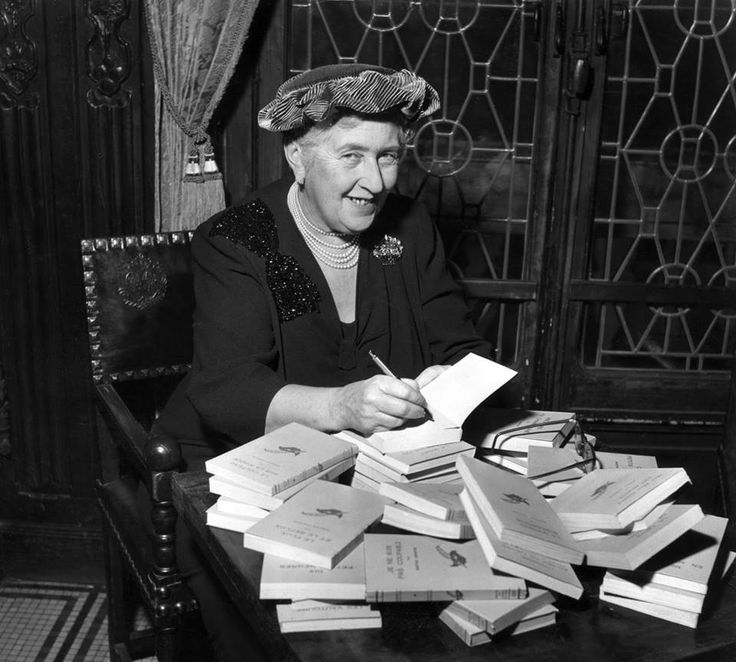 |
| (image from here) |
"Then he looked down on the shot man, and he started. For the dying man's eyes were open. They were intensely blue eyes and they held an expression that Poirot could not read but which he described to himself as a kind of intense awareness. And suddenly, or so it felt to Poirot, there seemed to be in all this group of people only one person who was really alive - the man who was at the point of death."
-The Hollow, p. 107
The Sum of It:
We begin our story with party planning. Lady Lucy Angkatell is wandering her house in the early hours of the morning, muttering to herself about her forthcoming house party, and wondering how she's going to make her guest list mesh. WE FEEL YA, GIRL #beenthere. She has an odd mix of friends and family coming to visit her home, The Hollow, and she isn't sure their personalities are going to be a good fit. On her guest list are the Christows: the husband a hottie, arrogant doctor named John who is simultaneously close to a breakthrough in his research into Ridgeway's Disease, having an affair with the dedicated sculptor, Henrietta Savernake, and being kind a bit of a jerk to his naive and devoted wife, Gerda; aloof cousins, David and Edward Angkatell, coming with some skipping Lucy in the line of succession inheritance business that seems a bit unfair; and ANOTHER cousin, Midge Hardcastle, who is sensible and described often as being "sturdy." The eccentric Lucy is right to be wary of the tensions between this group, as Midge is kind of in heart love with Edward, who is in love with Henrietta, who is having an affair with John, who married to Gerda. #YIKES.
When everyone arrives for the weekend, it appears that everyone might make it out unscathed, until a neighbor shows up in the middle of their nighttime bridge game asking to borrow some matches. This neighbor is none other than glamorous film star, Veronica Cray...who happens to also be John Christow's ex #awkward. She asks John to walk her home after her SUUUUUPER plausible excuse to drop by, and he does so without much arm twisting. The next morning John is feeling a bit guilty, but before he can feel too bad about it, he is shot dead, his dying words being "Henrietta..." But Veronica isn't the only Angkatell neighbor, and, as it happens, Hercule Poirot has been invited to lunch on the exact afternoon John Christow is shot. As Poirot happens upon the tableaux that is everyone standing around gaping at the dying John, it's apparently that not everything is as it seems, and that it's going to take the brains of the world's greatest detective to solve this case!
The YOA Treatment:
The Hollow (also known as Murder After Hours) is one of those books that checks every box on the list of hallmarks of a Christie classic. Weekend party at a country home of some random Lord or Lady? Check. Love triangles galore? Check. Poirot? Check. It's interesting that Agatha, in true Agatha fashion, due to her dislike of her own Belgian detective, regretted putting him in this novel, noting in her Autobiography that the book would have been better without him. I thought he was a bit subdued, but worked for this particular puzzle. He's on vacay in one of his country cottages and, hilariously, a bit annoyed when he first stumbles upon the John Christow murder, thinking the Angkatells have put together some sort of fake murder mystery game for him to solve. HE DID NOT COME TO THE COUNTRY FOR THIS KIND OF NONSENSE!
While not necessarily my favorite Christie, I did enjoy this book. I always enjoy hearing Agatha's memories of her own home or estates of people she knew come through her descriptions of country homes in her books. In this case, she modeled The Hollow after the home of British actor, Francis L. Sullivan, who famously won a Tony award in 1955 for his role in the stage production of The Witness for the Prosecution.
-A.



